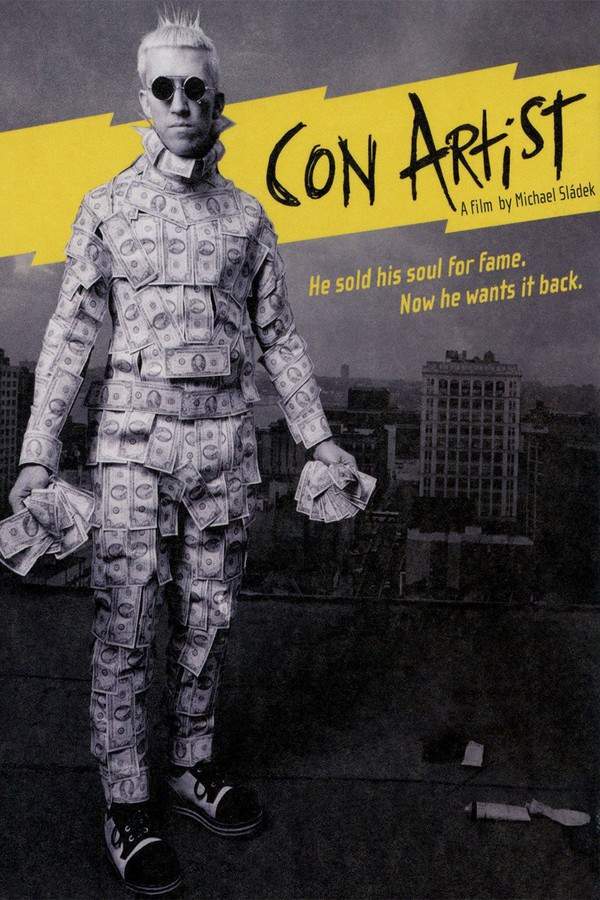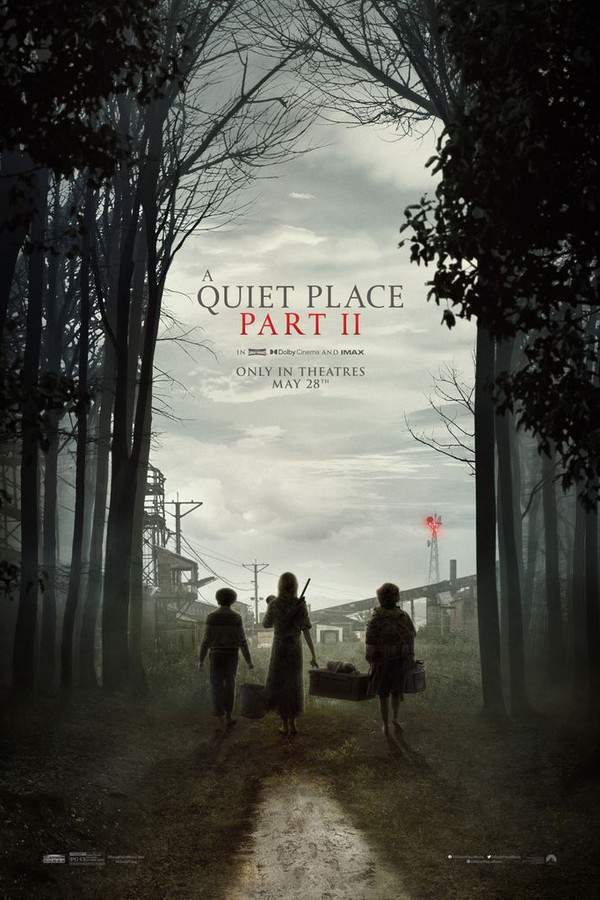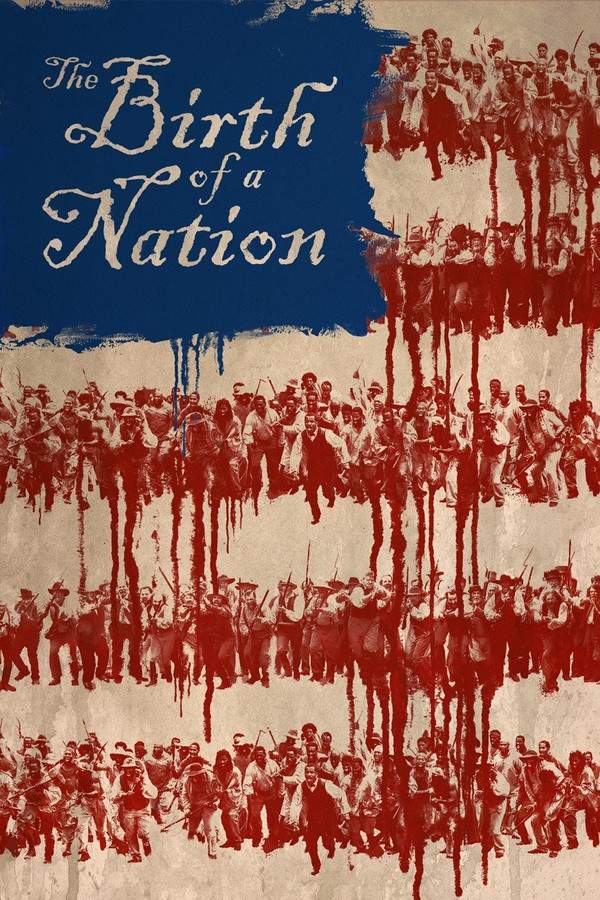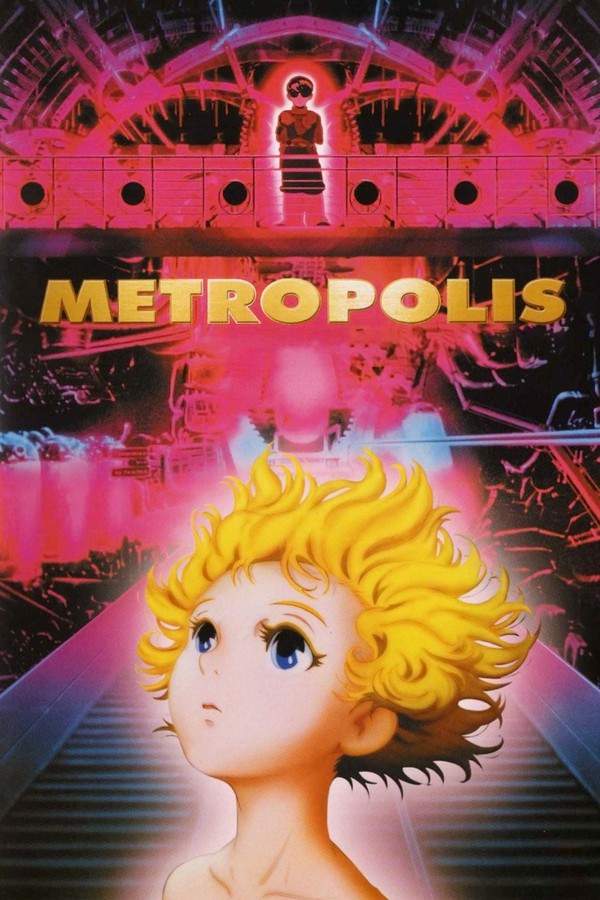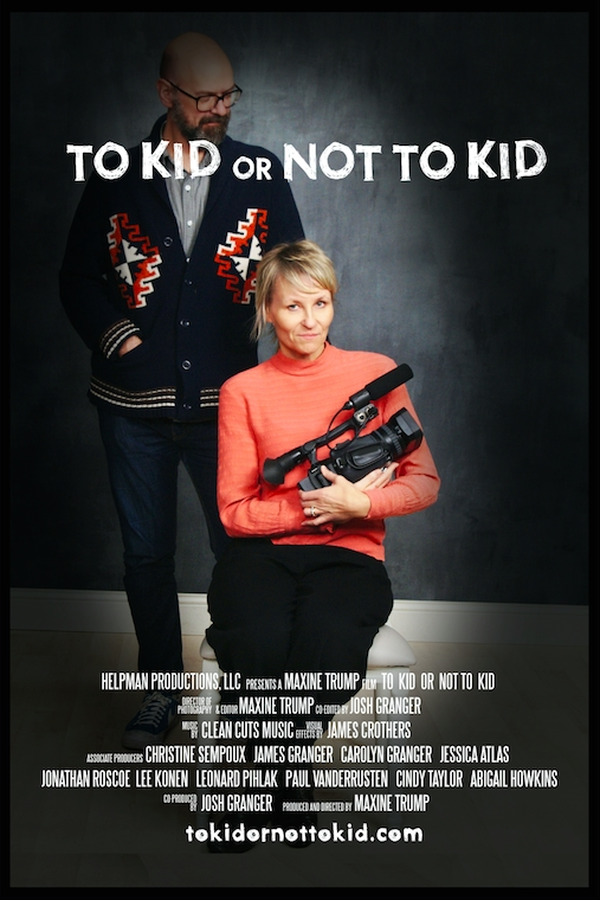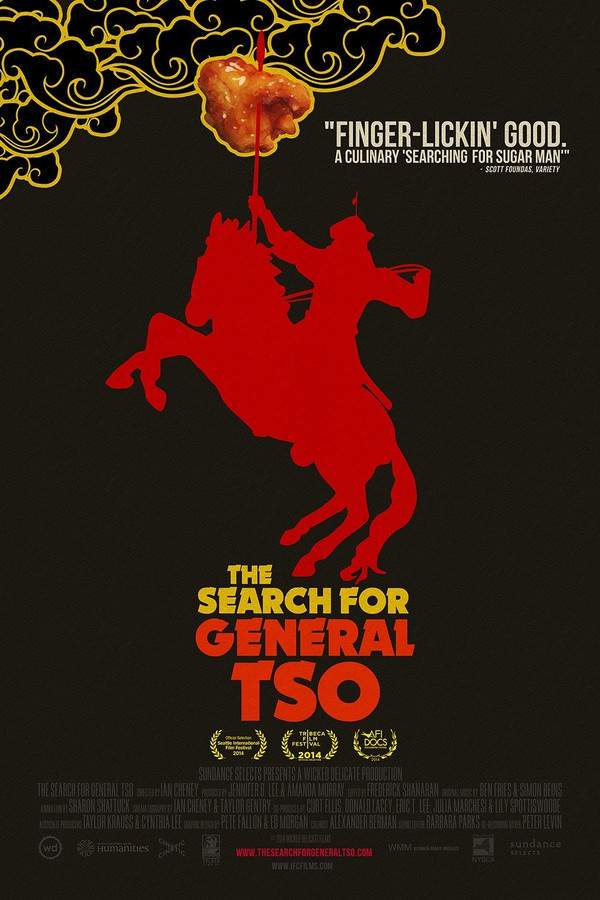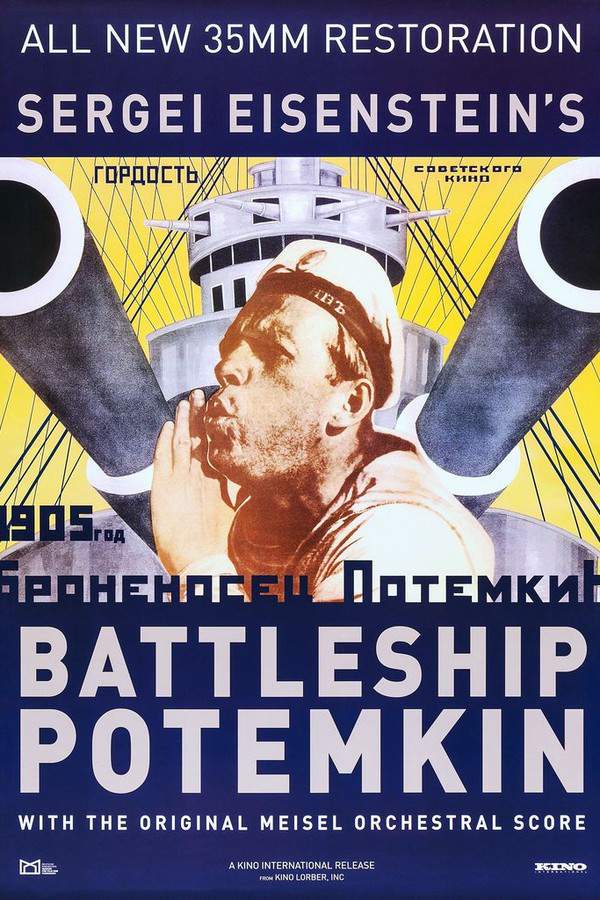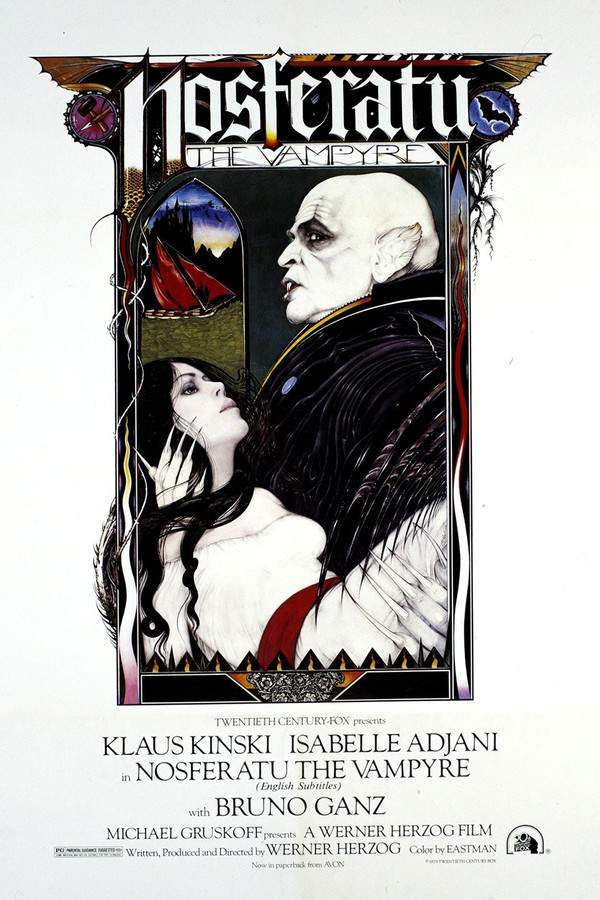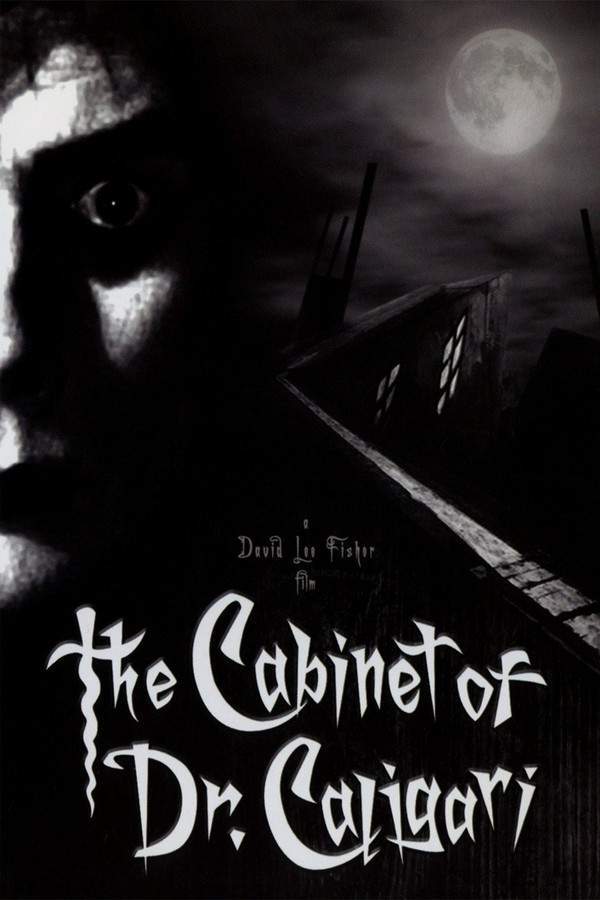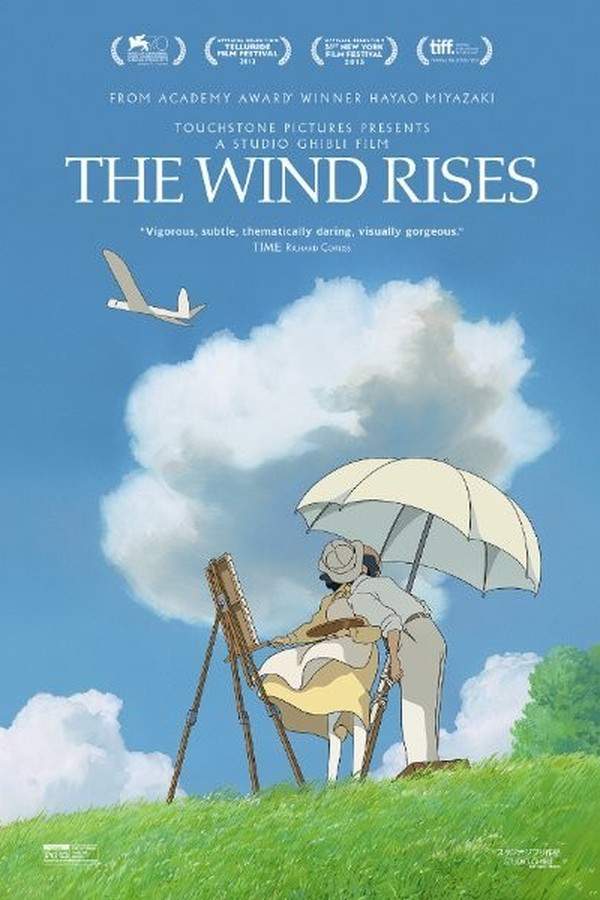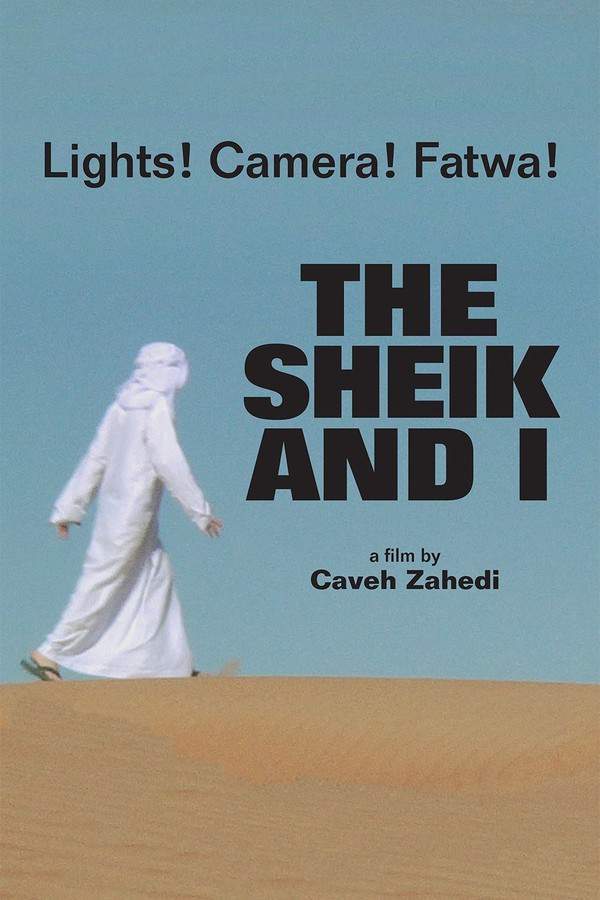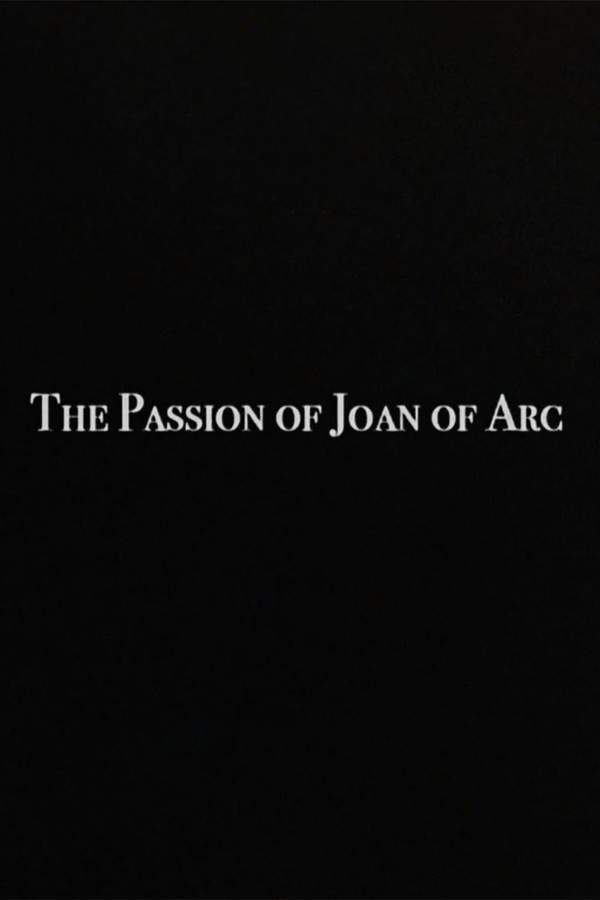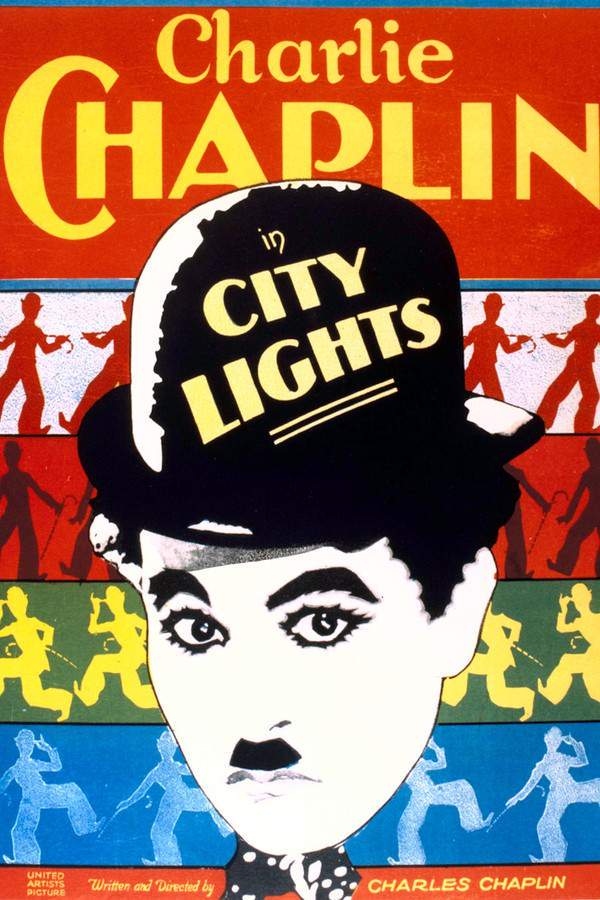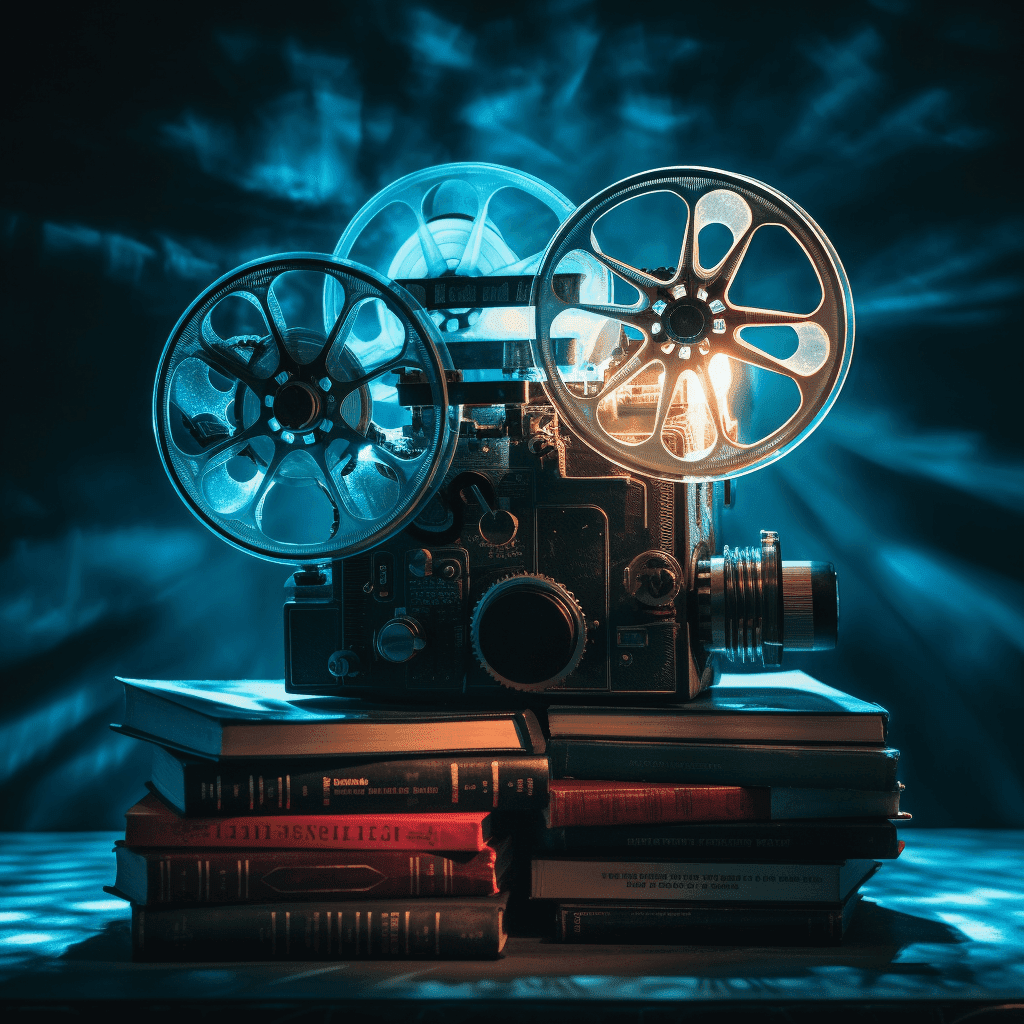What's After the Blog?
History • Criticism
Reviving the Lost Art of Silent Storytelling in Film
Explore the timeless allure and emotional depth of silent storytelling in film, and how it continues to influence modern cinema with its unique visual language.
June 6, 2024

Movies mentioned in this article
Reviving the Lost Art of Silent Storytelling in Film
Introduction
The realm of silent cinema, often perceived as a relic of the early 20th century, holds an enduring charm and a treasure trove of storytelling techniques that are still relevant today. Silent films, devoid of spoken dialogue and relying solely on visuals to convey their narratives, represent a pure form of cinematic expression. In an era where sound dominates the film landscape, revisiting the silent era offers a refreshing perspective on storytelling. Films like The Artist and A Quiet Place demonstrate that silent or near-silent storytelling can still captivate modern audiences, proving that the language of cinema is not confined to words. At ATM, we appreciate the breadth of cinematic history and its influence on contemporary filmmaking, recognizing that the techniques of silent cinema can enhance the storytelling in today’s sound-dominated films.
The Origins of Silent Cinema
Silent cinema, which dates back to the late 19th century, laid the foundation for the art of film. During this era, filmmakers had to rely exclusively on visual elements to tell their stories. This limitation fostered a unique form of creativity, leading to the development of innovative techniques that are still studied and admired. Films such as The Birth of a Nation and Metropolis showcased the potential of visual storytelling, using expressive acting, elaborate set designs, and meticulous editing to convey complex narratives and emotions.
- The Birth of a Nation: Despite its controversial subject matter, the film was groundbreaking in its narrative structure and visual techniques.
- Metropolis: This film remains a hallmark of silent cinema, famous for its futuristic imagery and thematic depth.
Silent films communicated stories and emotions without dialogue through various methods. Expressive acting was paramount, as actors had to convey emotions and plot points through facial expressions and body language. Charlie Chaplin in The Kid and Buster Keaton in The General are prime examples of actors who mastered this art, bringing both humor and pathos to their performances without uttering a word.
- Charlie Chaplin in The Kid: Chaplin’s emotive performance combined with visual comedy created an engaging and touching narrative.
- Buster Keaton in The General: Keaton’s physical comedy and expressive demeanor effectively conveyed the story’s humor and excitement.
Intertitles were another crucial element, providing necessary textual information without disrupting the visual flow of the film. Directors like D.W. Griffith and Fritz Lang used intertitles creatively, not just to convey dialogue but also to add narrative depth and stylistic flair.
- D.W. Griffith’s Intolerance: The film’s innovative use of intertitles helped weave together multiple storylines spanning different eras.
- Fritz Lang’s Metropolis: The intertitles in this film were stylistically integrated, enhancing the futuristic aesthetic.
The origins of silent cinema reveal the roots of film as a visual medium. This era set the stage for the evolution of cinematic storytelling, demonstrating that powerful narratives can be crafted without the spoken word. The legacy of silent film is a testament to the enduring power of visual storytelling in cinema.
The Language of Silence: Visual Storytelling Techniques
The language of silence in film is a unique and powerful form of expression, relying on visual cues to convey emotions and narratives. This form of storytelling demands a high degree of creativity and skill from filmmakers, as they must utilize visual elements such as cinematography, mise-en-scène, and editing to communicate with their audience. In silent cinema, the camera becomes the primary tool for storytelling, with its movements and angles playing a crucial role in conveying the narrative. Directors like Sergei Eisenstein in Battleship Potemkin and F.W. Murnau in Nosferatu demonstrated masterful use of camera techniques to create emotional impact and narrative tension.
- Sergei Eisenstein’s Battleship Potemkin: The film’s innovative use of montage and camera angles powerfully conveyed the uprising’s tension and drama.
- F.W. Murnau’s Nosferatu: The eerie and haunting visuals, achieved through innovative camera work and lighting, created a lasting horror atmosphere.
Mise-en-scène, or the arrangement of everything that appears in the framing – actors, lighting, décor, props, and costumes – is another crucial aspect of silent storytelling. In films like The Cabinet of Dr. Caligari, the stylized sets and dramatic lighting enhanced the film’s surreal and nightmarish quality, making it a classic example of German Expressionism.
- The Cabinet of Dr. Caligari: The film’s visually striking and distorted sets created a dreamlike and disorienting experience for the viewer.
The absence of spoken dialogue in silent films also placed a greater emphasis on actors’ physicality and facial expressions. Actors like Lillian Gish in The Wind and Rudolph Valentino in The Sheik became renowned for their ability to convey complex emotions and character depth through their performances.
- Lillian Gish in The Wind: Her nuanced performance effectively communicated her character’s inner turmoil and strength.
- Rudolph Valentino in The Sheik: Valentino’s charismatic screen presence and expressive acting made him an iconic figure of the silent era.
Modern Homages to Silent Cinema
In recent years, there has been a resurgence of interest in the silent film era, with modern filmmakers paying homage to this timeless art form. Movies like The Artist and A Quiet Place have demonstrated that silent or near-silent storytelling can still be highly effective in contemporary cinema.
- The Artist: This Oscar-winning film revived the style and charm of silent cinema, paying tribute to the era while telling a compelling story of its own.
- A Quiet Place: Although not a silent film, its minimal use of dialogue and emphasis on visual and non-verbal cues drew inspiration from silent cinema techniques.
These modern interpretations of silent storytelling not only honor the legacy of early cinema but also explore new narrative possibilities within the silent format. They show that silent and visual storytelling can coexist with sound and dialogue, creating a unique and immersive cinematic experience that resonates with contemporary audiences.
- Incorporating silent cinema elements in modern filmmaking can lead to innovative storytelling techniques.
- The success of films like The Artist and A Quiet Place underscores the enduring appeal and relevance of silent storytelling.
In embracing the art of silent storytelling, contemporary filmmakers connect with the roots of cinematic expression, enriching their narratives with the depth and nuance that only visual storytelling can provide.
Silent Cinema in the Digital Age: Opportunities and Challenges
In the digital age, where technology and social media platforms dominate, silent cinema finds both new opportunities and challenges. With the advent of platforms like YouTube and TikTok, there are more avenues for silent storytelling to reach a broader audience. These platforms allow for creative experimentation with visual narratives that can be more engaging and accessible, transcending language barriers. However, the challenge lies in capturing the attention of an audience accustomed to fast-paced content and sound-driven storytelling. The success of short silent films on these platforms demonstrates that when done well, silent storytelling can still captivate modern viewers, offering a unique and refreshing break from the sensory overload of contemporary media.
- The rise of short, silent video content on social media platforms indicates a growing appreciation for visual storytelling.
- Filmmakers have the opportunity to explore silent storytelling in a modern context, using contemporary themes and innovative visual techniques.
Another opportunity in the digital age is the use of advanced filming techniques and special effects to enhance silent storytelling. While traditional silent films relied on basic camera work and practical effects, modern filmmakers can utilize a range of technologies to create more visually stunning and immersive silent narratives. However, this also poses the challenge of staying true to the essence of silent storytelling without over-relying on visual effects.
- Utilizing modern technology to enhance the visual appeal of silent films while maintaining their narrative integrity.
- Balancing advanced filming techniques with the simplicity and purity of traditional silent storytelling.
The Emotional Impact of Silent Storytelling
The power of silent storytelling lies in its ability to evoke deep emotional responses without the use of words. The absence of dialogue often makes the audience more attuned to the subtleties of the actors’ performances and the visual symbolism in the film, leading to a more immersive and introspective viewing experience. Films like The Passion of Joan of Arc and City Lights are prime examples of how silent films can convey profound emotions and complex narratives through facial expressions, body language, and visual metaphors.
- The Passion of Joan of Arc: Renée Jeanne Falconetti’s expressive performance powerfully conveys Joan’s inner turmoil and spiritual fervor.
- City Lights: Charlie Chaplin’s masterful blend of comedy and pathos creates an emotionally resonant and timeless story.
The emotional impact of silent storytelling also stems from its universality. Without the barrier of language, silent films have the ability to reach and resonate with a global audience, making them as relevant today as they were a century ago.
- The universal appeal of silent films allows them to transcend cultural and linguistic barriers, connecting with diverse audiences.
- The emotional depth and universality of silent storytelling make it a timeless and powerful form of cinematic expression.
In embracing the emotional potential of silent storytelling, modern filmmakers can tap into a rich vein of cinematic history, creating films that speak to the heart without the need for words.
Continue reading

What's After the Movie?
Not sure whether to stay after the credits? Find out!
Explore Our Movie Platform
New Movie Releases (2025)
Famous Movie Actors
Top Film Production Studios
Movie Plot Summaries & Endings
Major Movie Awards & Winners
Best Concert Films & Music Documentaries
Movie Collections and Curated Lists
© 2025 What's After the Movie. All rights reserved.

